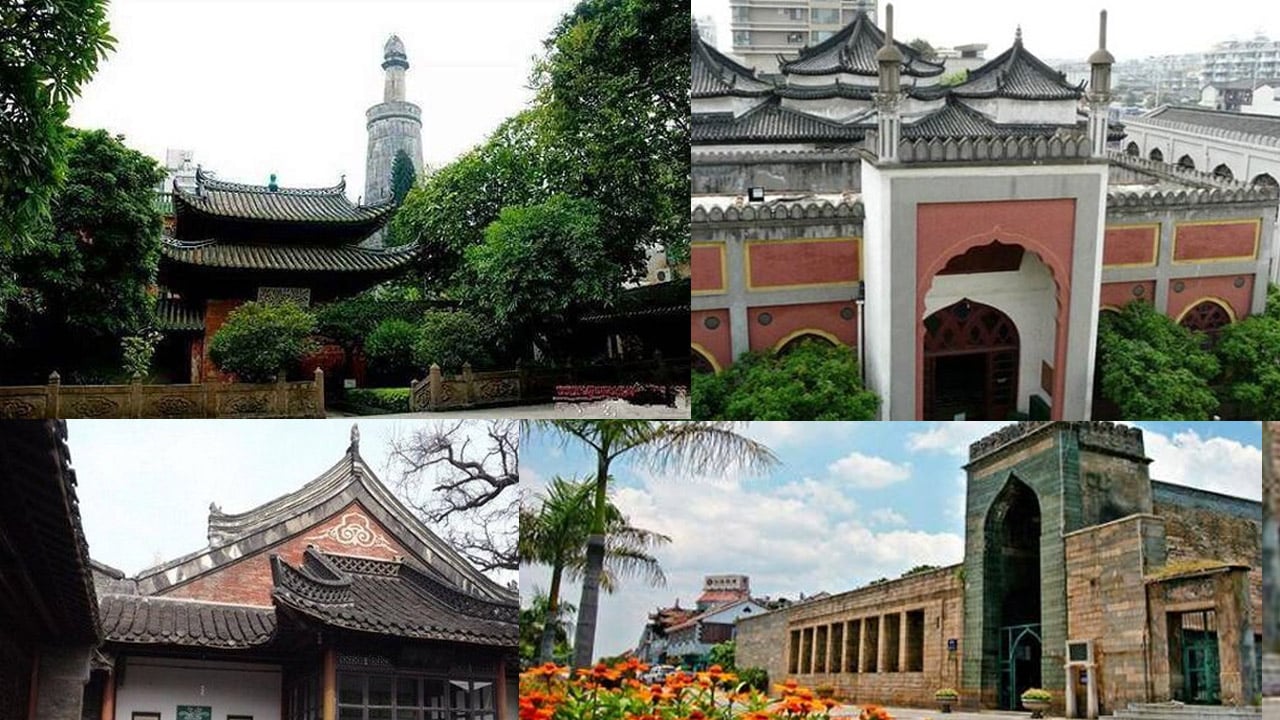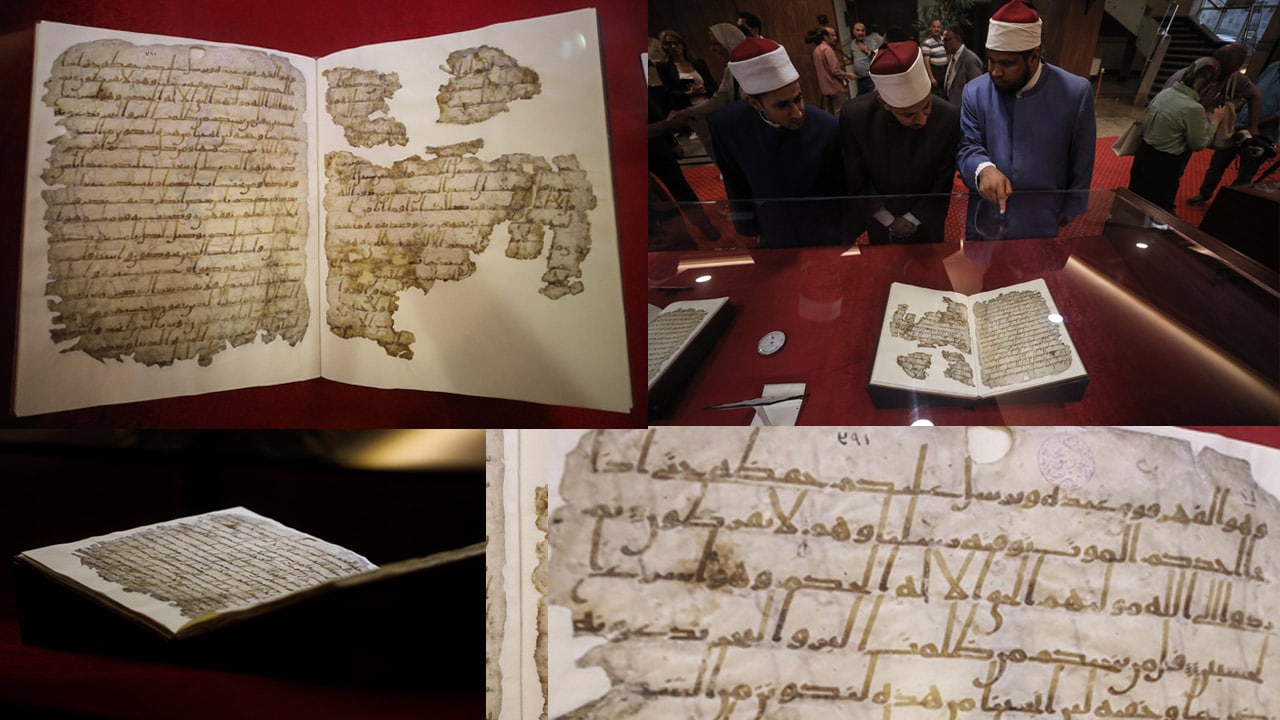China, a land steeped in history and cultural richness, unveils a tapestry of architectural marvels through its historic mosques. Each structure weaves a tale of time, resilience, and cultural continuity, offering a glimpse into the diverse chapters of China’s past. Here are the details about four iconic mosques that stand as testaments to the country’s enduring heritage.
Huaisheng Mosque
Nestled in the heart of Guangzhou, Guangdong Province, the Huaisheng Mosque stands as a silent witness to the passage of time. Built in 627 AD during the illustrious Tang Dynasty, its architectural elegance reflects the craftsmanship of an era long gone.
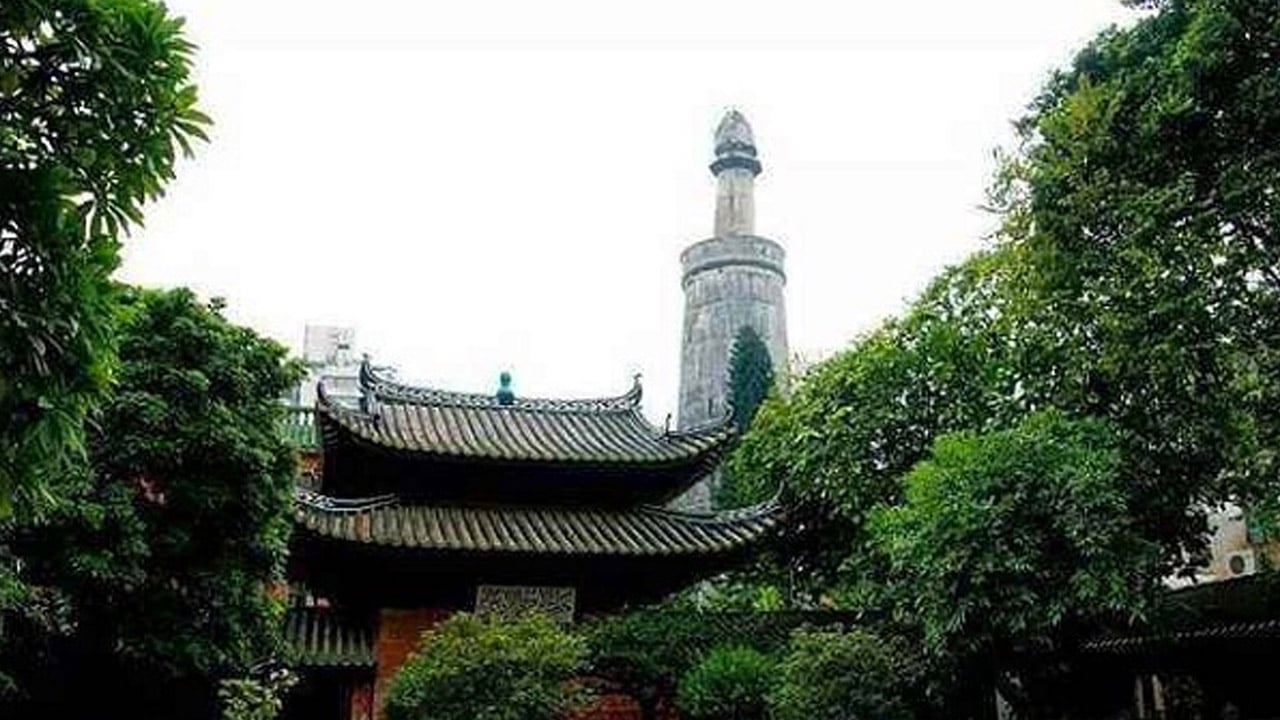
Phoenix Mosque
The Phoenix Mosque is a structure that has weathered the storms of history. Originally built during the Tang Dynasty, the mosque faced destruction at the end of the Song Dynasty. However, like a phoenix rising from the ashes, it was rebuilt in the Yuan Dynasty (1281 AD). The Phoenix Mosque stands as a symbol of resilience, embodying the cyclical nature of cultural rejuvenation.
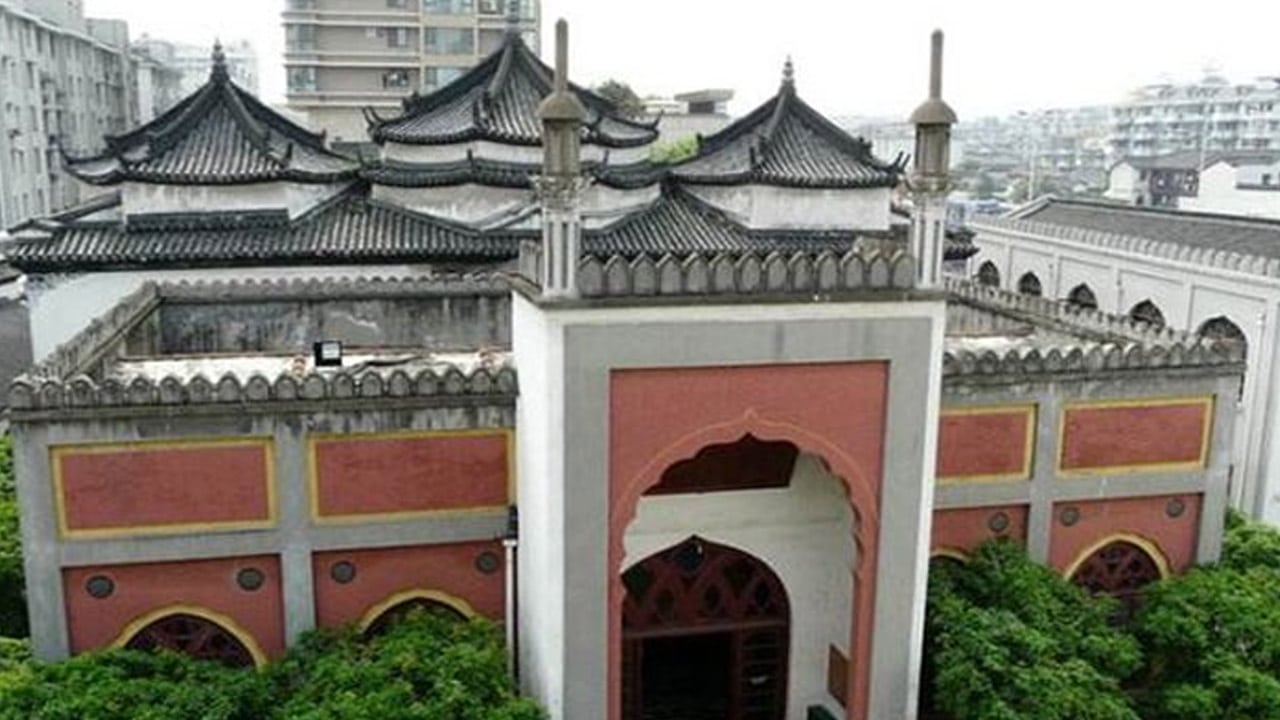
Xianhe Mosque
In Jiangsu Province, where the Xianhe Mosque graces the landscape. Constructed in 1275 AD during the Southern Song Dynasty, this mosque exemplifies the architectural brilliance of its time. The delicate balance of design and historical significance makes it a living testament to the cultural tapestry that defines China.
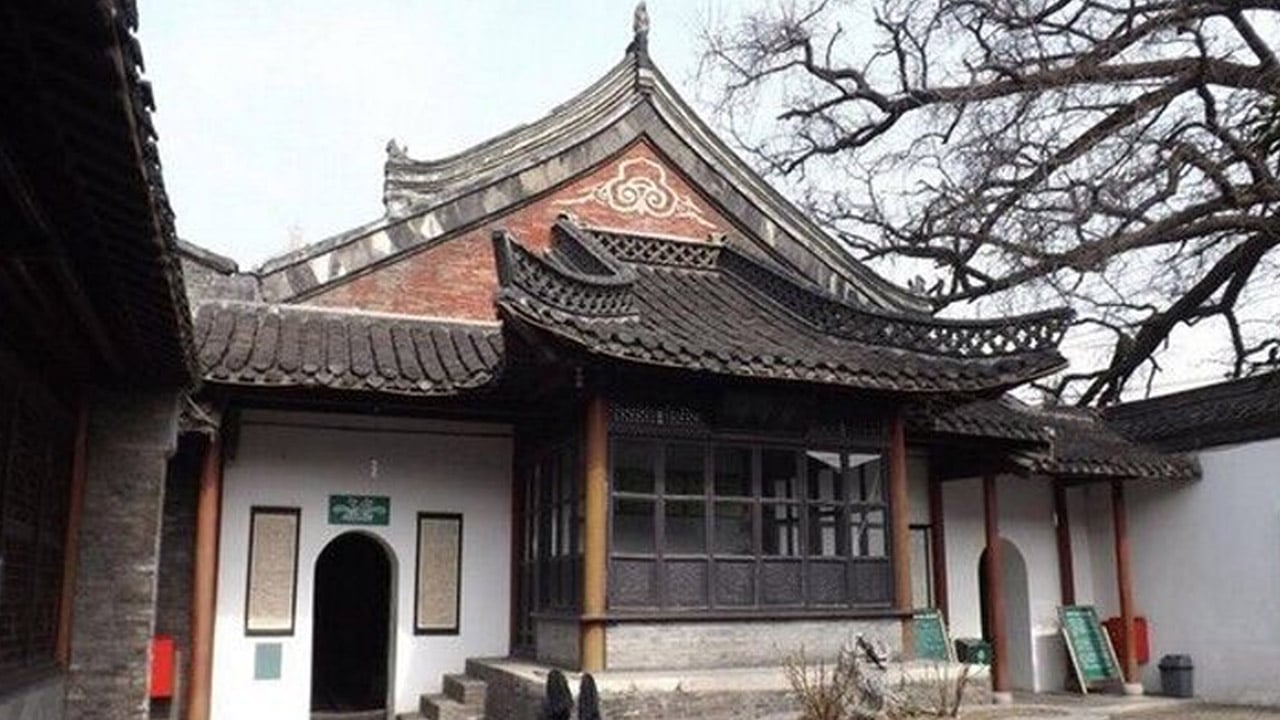
Qingjing Mosque
Fujian Province is home to the exquisite Qingjing Mosque. Built in 1009 AD during the Song Dynasty, it stands as a splendid showcase of architectural and cultural achievements. The mosque invites visitors to traverse its corridors and immerse themselves in the history that emanates from its walls.
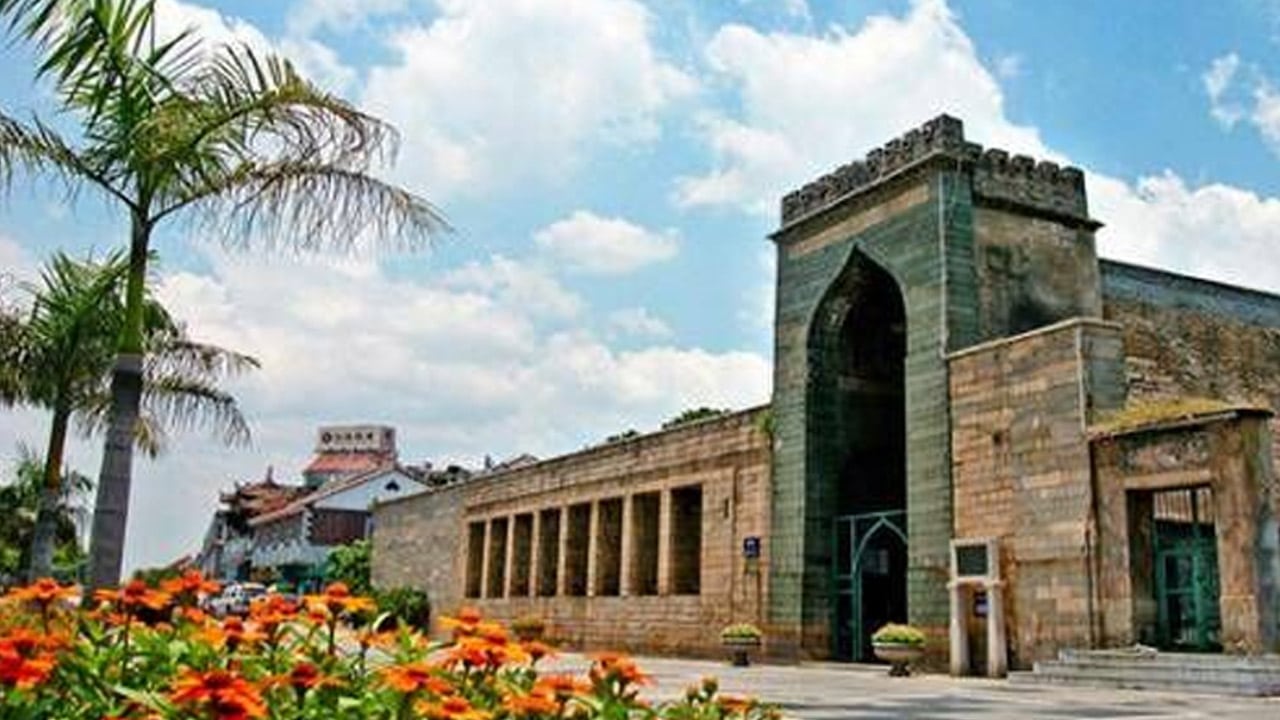
These mosques not only embody the craftsmanship of their respective eras but also serve as living monuments, connecting us to the rich tapestry of China’s cultural legacy. In each prayer corner and intricately carved archway, the stories of centuries unfold, inviting all to witness the enduring spirit of China’s historical mosques.
